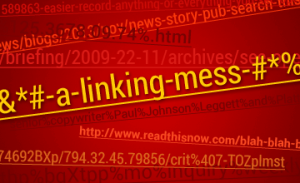 You’re probably guilty of “unconscious bias” at work – The Wall Street Journal
You’re probably guilty of “unconscious bias” at work – The Wall Street Journal
Have you ever taken a fellow employee more seriously because of the school they attended? Or were impressed with the authority and confidence in a coworker’s delivery – and so gave more credence to their ideas? Unconscious bias, defined as “an implicit preference for certain groups,” is considered a growing problem and is being addressed more and more by U.S. corporations. Estimates suggest that nearly 20% of large U.S. employers with diversity programs now provide training for unconscious bias, too. Those companies include Google and BAE, a major defense contractor. The obvious or perhaps most common victims (there are beneficiaries too, of course) of unconscious bias may be women or minority groups, but employment decisions can be affected by any number of things – tall stature vs. short, thin vs. overweight, extrovert vs. introvert, etc.
Advertising: emotion over information – The Economist
It won’t surprise anyone to know that advertisers use emotion in addition to information in pitching products. This article features the work of prizewinning psychologist Daniel Kahneman, who won the Nobel Prize in 2002 for “showing that people are not the rational agents that economists had thought they were.” Kahneman’s 2011 book, “Thinking, Fast and Slow,” argues that the mind uses two systems: “system one,” which makes decisions automatically, and “system two,” which rationalizes system one’s ideas and sometimes overrules them. One example cited is system one’s likelihood to respond to extremely subtle cues: in an ad for Better Crocker pie, there was a 20% greater “purchase intent” among the target audience when the fork was placed on the right of the pie versus the left. That’s because more people eat right-handed.
The fascinating story of a typeface – The Economist
If you like fonts and typeface, you’ll enjoy this story about a “revived” typeface called Doves. Nearly 100 years ago, a 76-year-old printer and bookbinder destroyed the Doves typeface by throwing its metal printing type, piece by piece, into the Thames River in London. It was a willful act of destruction whose reasons are explained in this article, and only today has Doves been recovered. But not by dredging the Thames, but rather via a digital reproduction that was a lot more difficult to achieve than you might expect.
